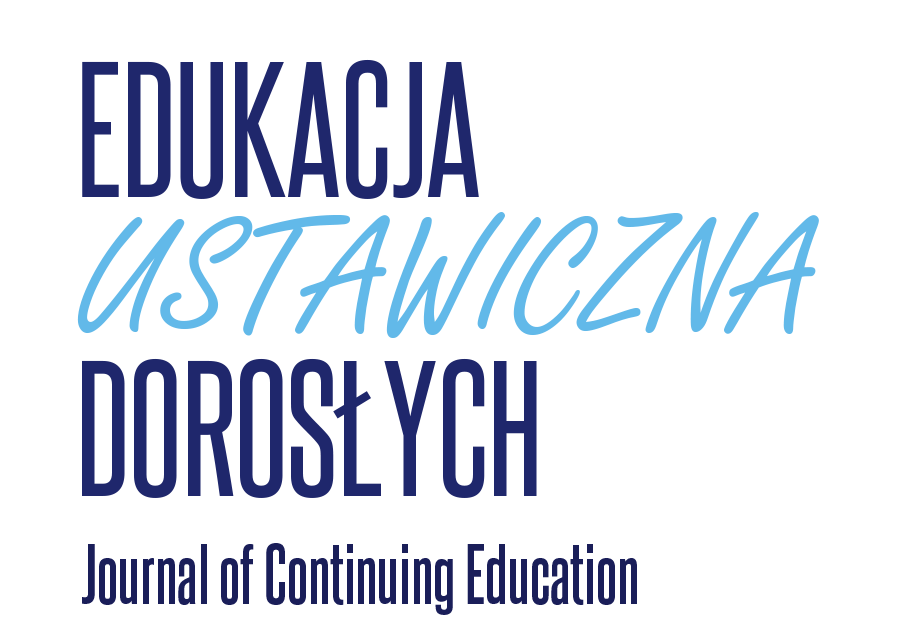Reconstructing the flipped classroom method. Its place in the context of scientific theory and 21st century educational challenges ![]()
Rekonstrukcja metody (odwróconej klasy), jej miejsce w kontekście teorii naukowych i wyzwań edukacyjnych XXI wieku
DOI: 10.34866/c9ar-f070
Magdalena Kolber
ORCID: 0000-0002-8227-5475
Słowa kluczowe: : metoda odwróconej klasy, konstruktywizm, taksonomia celów nauczania B. Blooma, edukacja dwujęzyczna, edukacja zdalna.
Key words: flipped learning, constructivism, Bloom’s taxonomy of Educational Objectives, bilingual education, distance education.
Streszczenie: Celem artykułu jest omówienie metody odwróconej klasy (flipped learning-FL). Problem badawczy koncentruje się na znalezieniu odpowiedzi na następujące pytania: Jakie teorie naukowe stanowią ramy teoretyczne dla tejże metody? Dlaczego FL jest podejściem dydaktycznym na miarę XXI wieku? Metodą badawczą jest krytyczny przegląd literatury. Analiza dokonana przez pryzmat konstruktywizmu i taksonomii celów nauczania B. Blooma pokazuje, że metoda rozwija umiejętności myślenia wyższego rzędu oraz autonomię w uczeniu się. Podejście to stawia nauczycieli i wykładowców w roli moderatorów i przewodników, a podopiecznych w centrum procesu edukacyjnego. Ponadto metoda stosowana jest w nauczaniu dwujęzycznym oraz kształceniu na odległość
Abstract: The aim of the article is to discuss the flipped learning-FL method. The research problem focuses on finding answers to the following questions: which scientific theories provide the theoretical framework for this method? Why is FL a teaching approach for the 21st century? The research method is a critical literature review. An analysis through the lens of constructivism and B. Bloom’s Taxonomy of Educational Objectives reveals that the method develops higher-order thinking skills and learner’s autonomy. The approach places educators in the role of facilitators and guides, shifting the learners to the centre of the educational process. In addition, the method can be successfully applied to bilingual as well as distance education.

